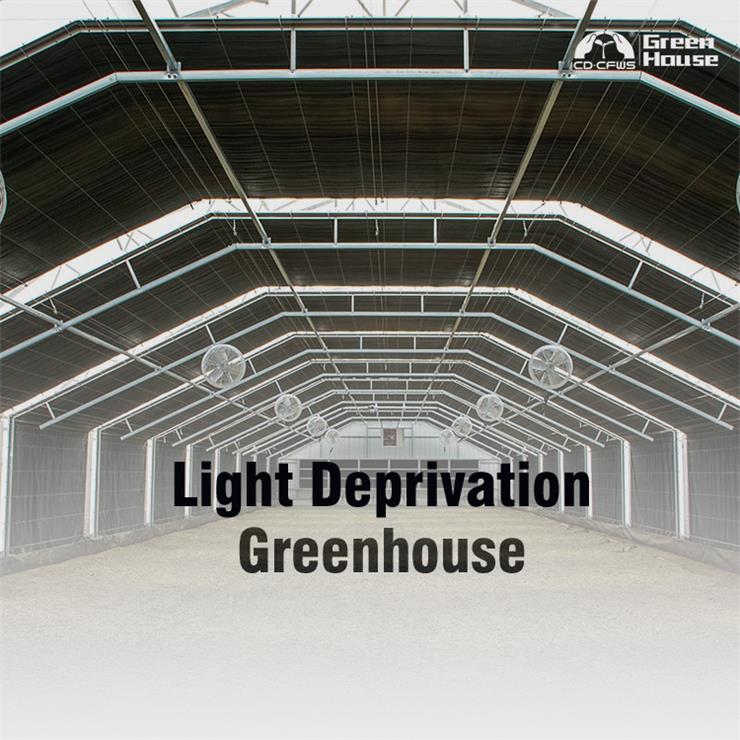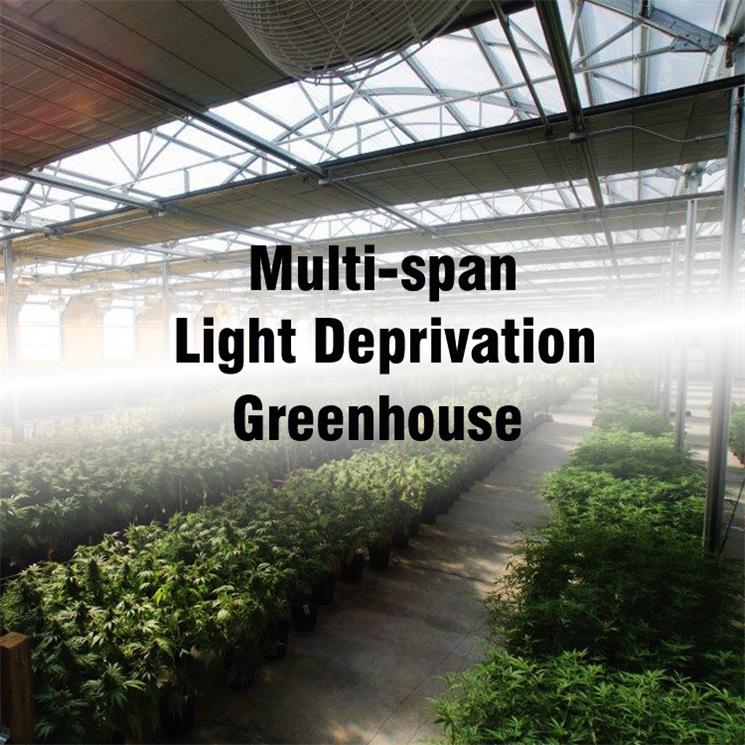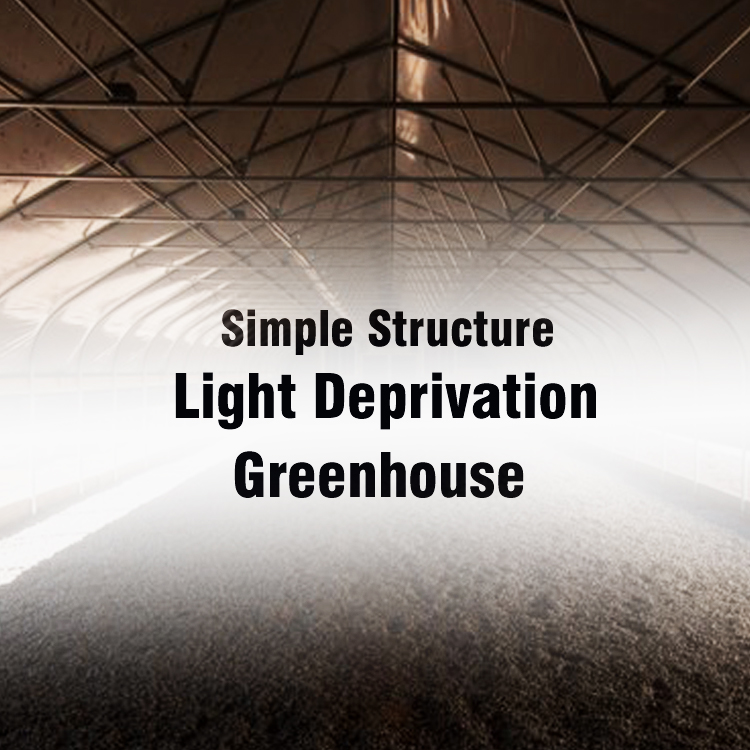The rise in extreme weather around the world has had some impact on open-air farming. More and more seed growers are choosing to use greenhouses, which can not only resist the effects of bad weather on their crops but also control the growing cycle of their crops. By far the most popular type of greenhouse is the light deprivation greenhouse, which is considered the best agricultural investment. Let's explore the mystery together!

1. Extended Growing Season:
Light deprivation greenhouses allow growers to have greater control over the growing environment, including the number of light plants receives. By covering the greenhouse with light-blocking material, such as blackout curtains, growers can manipulate the duration of light exposure to mimic different seasons. This enables them to extend the growing season and cultivate crops year-round, regardless of external environmental conditions. Consequently, more harvests can be achieved, resulting in higher productivity and potentially increased profits.
2. Enhanced Crop Quality:
Light is a critical factor in plant development and can significantly influence the quality of crops. With a light deprivation greenhouse, growers can precisely manage the light exposure, providing optimal conditions for plant growth. By controlling the duration and intensity of light, growers can improve the color, size, taste, and nutritional value of their crops. This level of control is especially beneficial for high-value or specialty crops that demand specific lighting conditions to reach their full potential.


3. Pest and Disease Control:
Light deprivation greenhouses can help reduce the risk of pest infestations and disease outbreaks. By blocking external light sources, growers can create a more isolated and controlled environment, limiting the entry of pests and pathogens. This reduced exposure to potential threats can minimize the need for chemical pesticides and fungicides, leading to healthier, more organic cultivation practices. Additionally, light deprivation greenhouses provide better ventilation control, further reducing the risk of disease spread.
4. Flexibility and Crop Diversification:
The ability to manipulate light exposure in a light deprivation greenhouse offers growers greater flexibility in the types of crops they can cultivate. Different plants have varying photoperiod requirements, meaning they thrive under specific light and dark periods. With a light deprivation system, growers can cater to the unique needs of different crops, enabling them to diversify their production and potentially tap into niche markets. This adaptability can also help growers respond to changing market demands or experiment with new varieties.
5. Energy Efficiency:
Light deprivation greenhouses can contribute to energy savings. By blocking external light during certain periods, growers can reduce the need for artificial lighting, especially during daylight hours. This can lead to significant energy savings and lower operational costs over time. Furthermore, the use of blackout curtains or similar materials helps insulate the greenhouse, reducing heat loss during colder months and minimizing the need for excessive heating, thereby further optimizing energy consumption.
While light deprivation greenhouses require an initial investment in equipment and infrastructure, the potential benefits they offer in terms of increased productivity, improved crop quality, and environmental control can make them a worthwhile investment for commercial growers seeking to optimize their operations and achieve year-round cultivation.

If you want to discuss further details with us, feel free to contact us anytime!
Email: info@cfgreenhouse.com
Phone: +86 13550100793
Post time: Jun-28-2023





